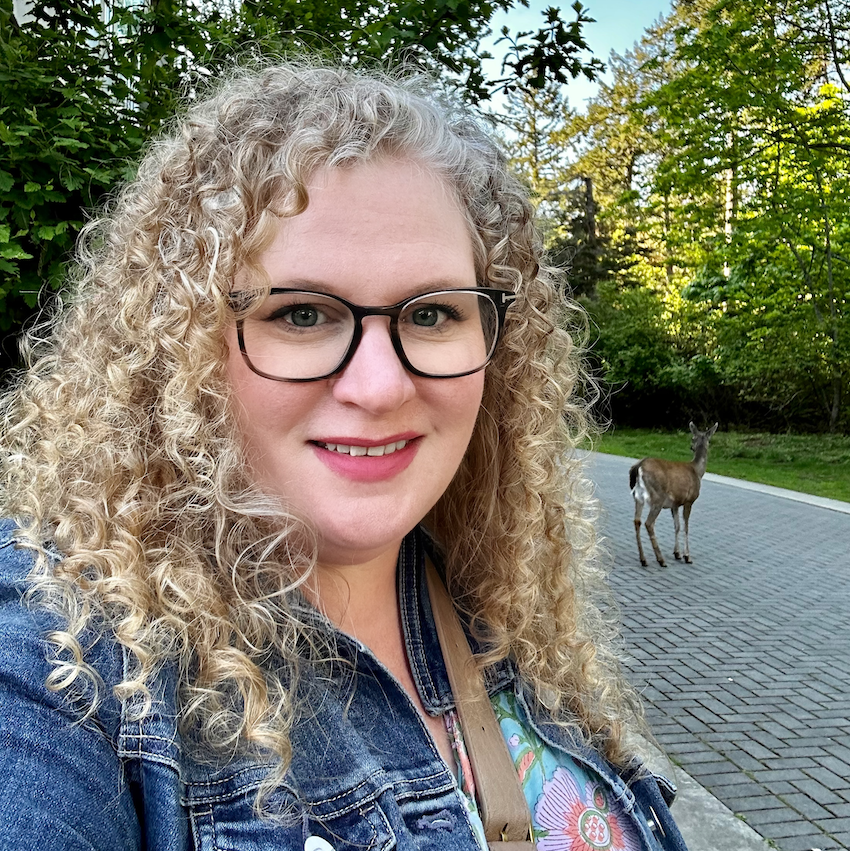Cited By
View all- Kleinman EXu JPfau JSeif El-Nasr M(2024)"Trust the Process": An Exploratory Study of Process Visualizations for Self-Reflection in League of LegendsProceedings of the ACM on Human-Computer Interaction10.1145/36771118:CHI PLAY(1-28)Online publication date: 15-Oct-2024
- Bikas IPfau JMuender TMalaka R(2024)Low Latency Feedback: Contrasting Training Outcomes of Immediate versus Delayed Feedback in Speedrunning Super Mario Bros.Proceedings of the ACM on Human-Computer Interaction10.1145/36770878:CHI PLAY(1-14)Online publication date: 15-Oct-2024
- Johanson CPoeller SKlarkowski MMandryk R(2024)Hexed by Pressure: How Action-State Orientation Explains Propensity to Choke in Super HexagonProceedings of the ACM on Human-Computer Interaction10.1145/36770778:CHI PLAY(1-31)Online publication date: 15-Oct-2024
- Show More Cited By



